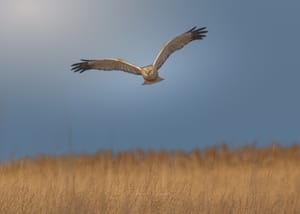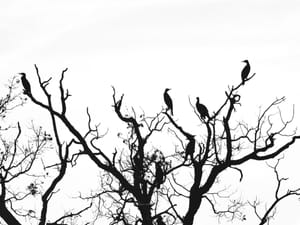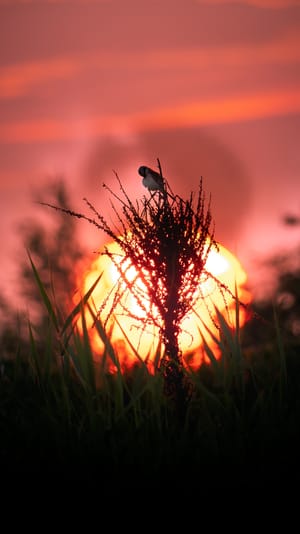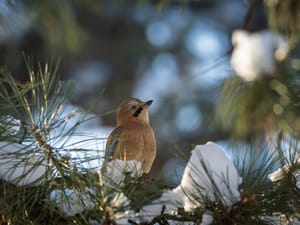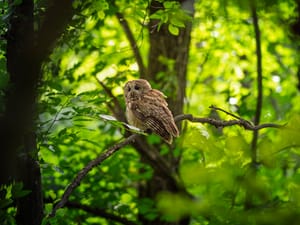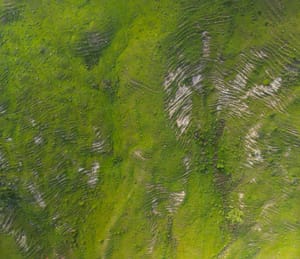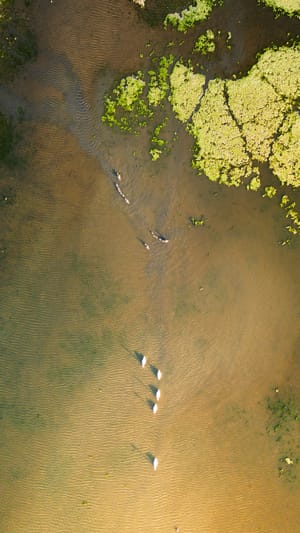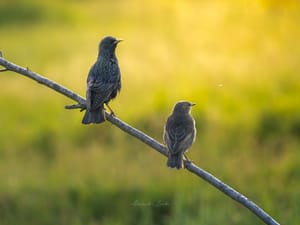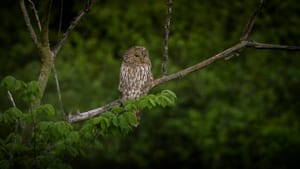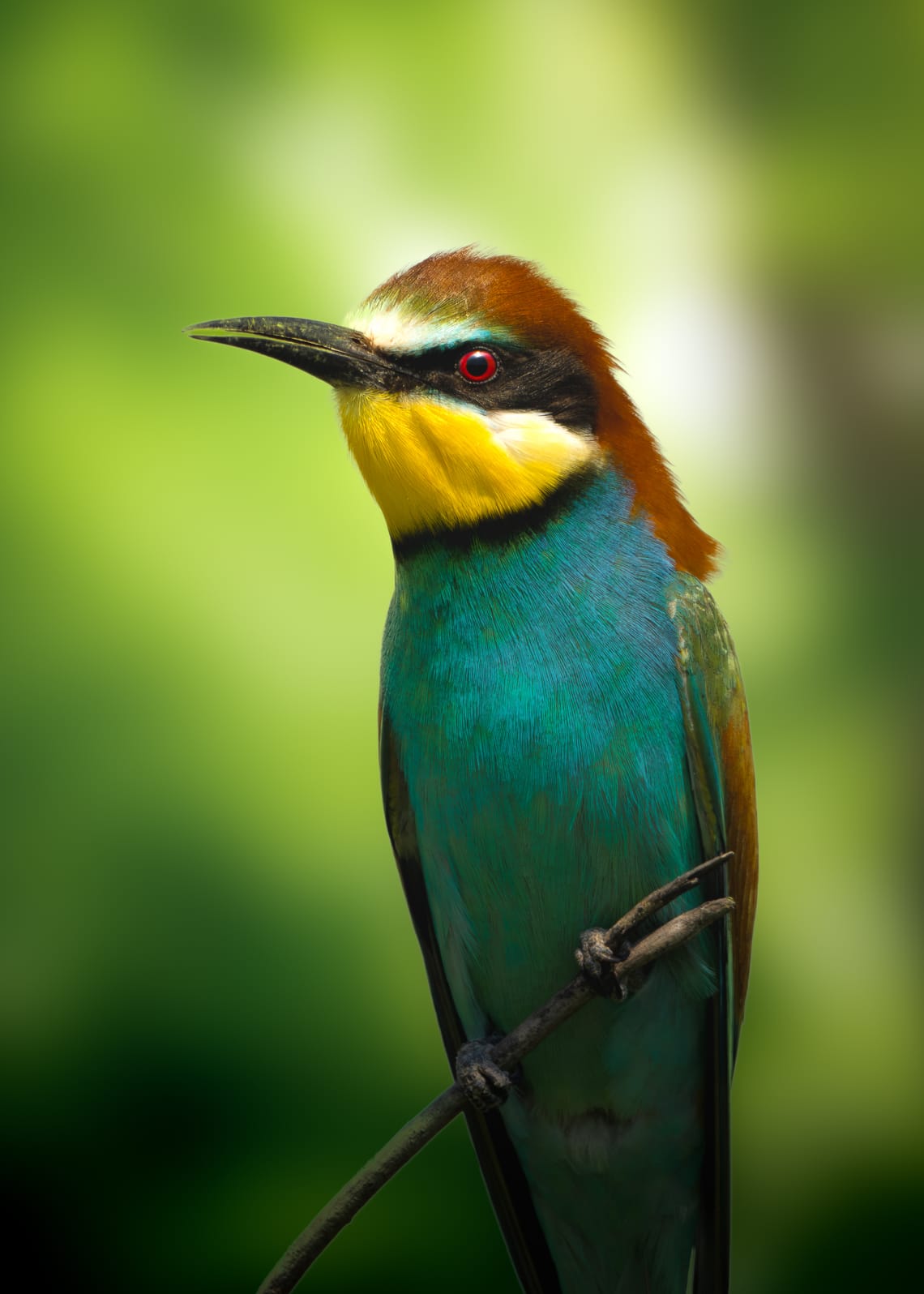
"Living Jewel" - Behind the Shot
European bee-eaters are the holy grail of bird photography in Romania. These migratory jewels arrive each spring from African wintering grounds, transforming ordinary riverbanks and sandy cliffs into galleries of living art. But photographing them requires patience, persistence, and understanding their behavior patterns—they're constantly moving, rarely stationary, and incredibly aware of human presence.
I'd been tracking this particular colony for three weeks, learning their favorite perches, their hunting patterns, and most importantly, their comfort zones. This individual had claimed a dead branch overlooking prime insect hunting territory, returning to this exact spot multiple times each morning after successful foraging flights.
Bee-eaters present unique photographic challenges. Their brilliant colors can easily fool camera meters into underexposure, while their constant movement demands lightning-fast autofocus tracking. The key was pre-positioning myself 20 meters away with a 600mm lens, allowing the bird to become accustomed to my presence while maintaining enough distance for natural behavior.
The background bokeh was crucial for isolating this living jewel from distracting elements. Shot wide open at f/4, the forest behind dissolved into that perfect green wash that complements rather than competes with the bird's spectacular plumage. Sometimes the technical serves the artistic, and this was one of those moments.
After weeks of preparation, early mornings, and countless missed opportunities, this single frame justified every investment of time and effort. The bee-eater held this pose for exactly eight seconds—long enough to capture multiple images, but brief enough to remind me that wildlife photography operates on nature's timeline, not ours.
This is why I love bird photography: the combination of preparation and spontaneity, the technical challenge and artistic reward, the privilege of witnessing beauty that most people never experience firsthand.

